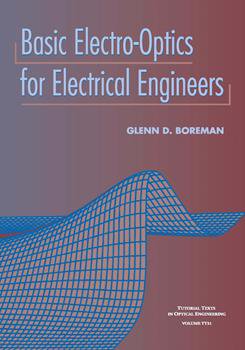|
Radiometric concepts are necessary for a quantitative understanding of flux transfer through optical systems. The primary question to be addressed is: given an optical system and a source configuration, how much power from the source is collected and brought to the detector surface? The radiometric efficiency of the system is crucial to the overall signal-to-noise ratio and image detectability. We consider the radiometry of incoherent thermal sources. Radiometry of lasers and other coherent sources is excluded. We neglect interference effects, calculating the distribution of energy over a surface as a scalar sum of powers, rather than as a vector sum of amplitudes, as would be necessary in the calculation of an interference pattern. We also neglect diffraction effects, except for the case of point sources. We will often make the approximation that an angle is small enough that its sine can be expressed as the angle itself in radians. This paraxial approach to radiometry is consistent with our treatment of geometrical optics in Chapter 1. We use a set of SI-based units, although not all quantities are strictly MKS. We will need a number of physical constants, which are listed in Table 3.1 in the form usually used for calculations. We will use the Kelvin temperature scale, which is degrees Celsius + 273. The formulae used to express radiometric quantities require an absolute temperature scale, one which does not have a zero in the middle of the range. Temperatures in the Fahrenheit or Rankine scales are also easily converted to Kelvin, as seen in Table 3.2. |
|
|


